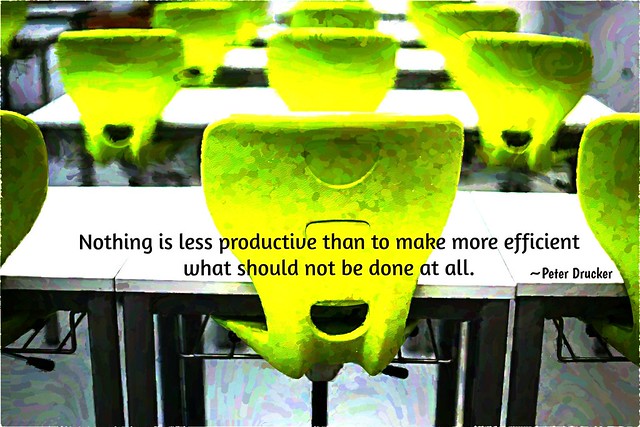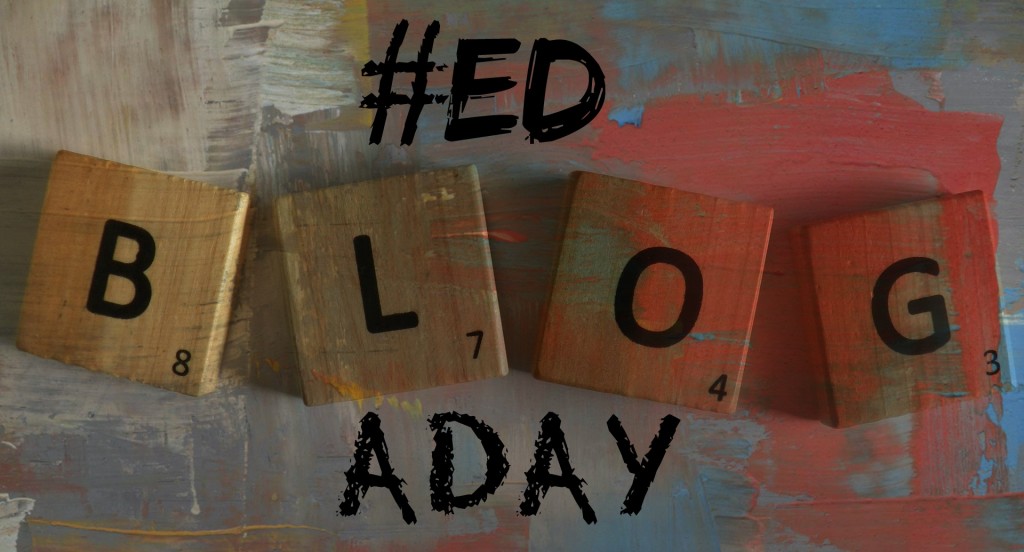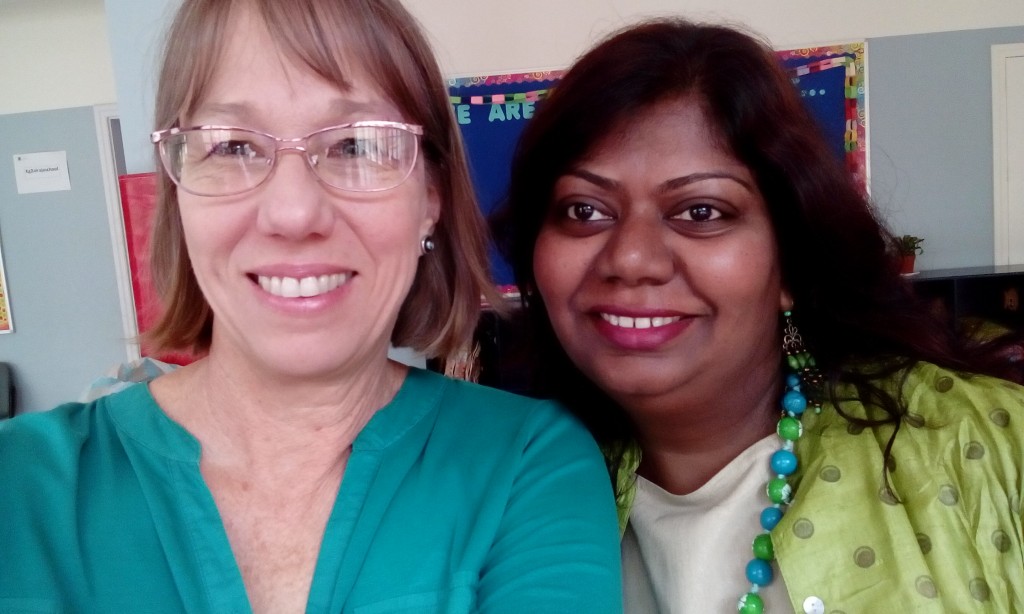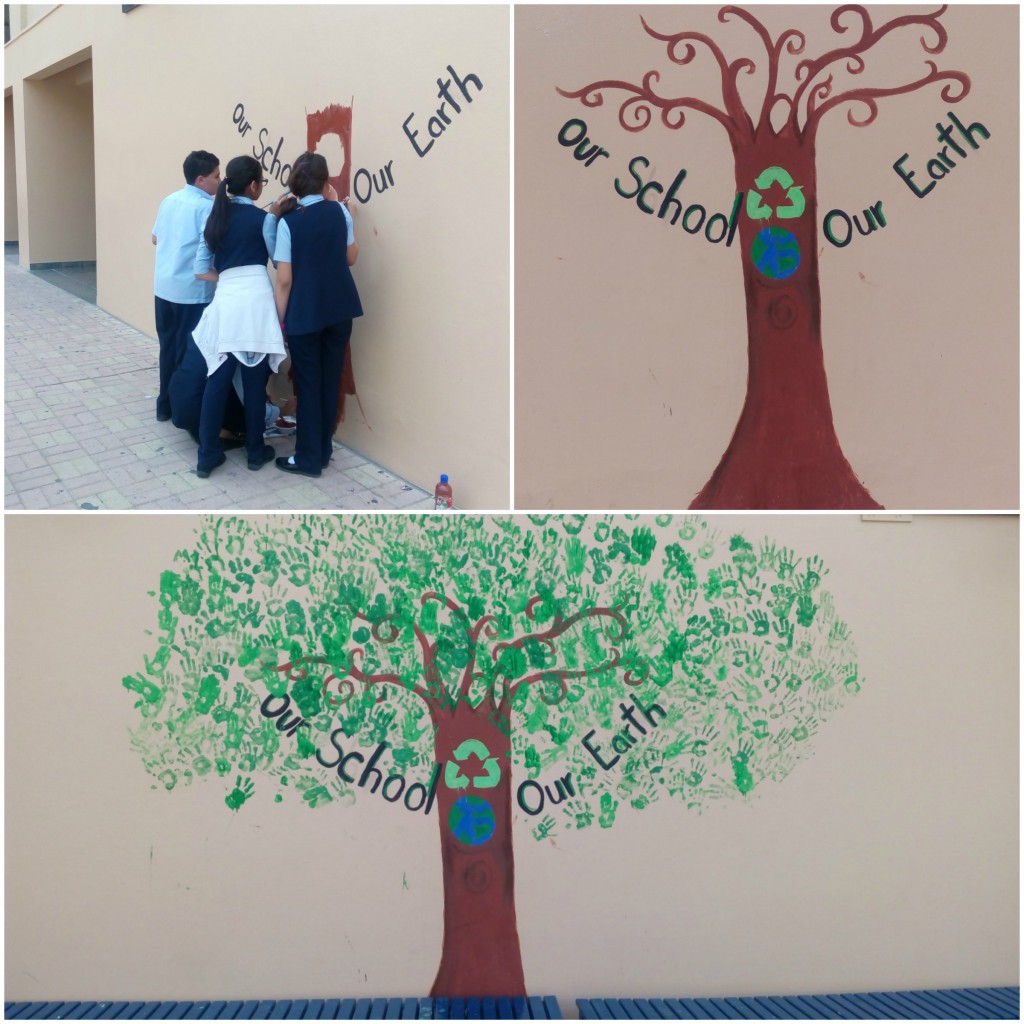How transparent should our profession be?
This question is good. I’ll just take a stab at it, but…Disclaimer: I really don’t know.
Anyone of you reading this blog, knows lots of teachers who are transparent. They blog and tell the world about their hopes and dreams, successes and failures. I feel I’ve been quite transparent, but there are always a few things I hold back.
I know of some schools that are fairly transparent. They share hopes, dreams, and successes. They tend to skip the failures, though. They are constantly considering stakeholders. Perhaps they can’t be completely transparent or the parents and community may lose trust.
On the other hand, if those schools aren’t trustworthy, maybe the stakeholders should know. That is a reason for full disclosure and transparency.
Education–at a state and federal level–is not so transparent. Too many politicians involved, and I don’t believe they allow themselves to be transparent.
This lack of transparency reminds me of a story. When I was a new reading specialist, I attended some professional development and Title I meetings that were also new for me. I’ll never forget the meeting, in that spring of 2002 when a district leader was explaining the new education law, “No Child Left Behind.” There was chart after chart showing trajectory lines for each grade level. The line went from 2001, where our children scored in their last Stanford Achievement Tests, to 2014, when they would all score at the 100th percentile.
What? That’s what I thought. It’s a tiny bit like Garrison Keillor’s Lake Wobegon, “where all the children are above average.” But this wasn’t that the children would all become above average, but they would all be in the 99th percentile.
I wanted to be transparent, and stand up and say, “The emperor is naked!” Yet, we all sat there and pretended he was wearing a lovely suit of clothes.
Well, over the years the scores did go up. We soon adopted a new test instead of the norm-referenced Stanford Achievement Test. We now had a criterion-referenced test, and theoretically all the children could get 100%, but, for various reasons, they didn’t.
Now, the laws have changed, but we still have high stakes testing, just with different names like SmarterBalanced, which I guess is neither, and PARCC. Maybe we should have been more transparent about high stakes testing when we first got the hint that they don’t assess anything worth assessing. Then we could have stopped paying testing companies to make more of them.
After this post, I still don’t know how transparent our profession should be. I would suggest that we trust the educators more than the politicians, because educators seem to have more clarity on that issue.
What do you think?

 This month I’ve enjoyed writing one blog post a day. I didn’t really think I’d be able to keep it up, but I have so far! Only five days to go.
This month I’ve enjoyed writing one blog post a day. I didn’t really think I’d be able to keep it up, but I have so far! Only five days to go. 


![IMG_20150423_111856[1]](https://mrsdkrebs.edublogs.org/files/2015/04/IMG_20150423_1118561-2fhv1wg-610x1024.jpg)
![IMG_20150423_071507[1]](https://mrsdkrebs.edublogs.org/files/2015/04/IMG_20150423_0715071-1y40v9n-610x1024.jpg)


